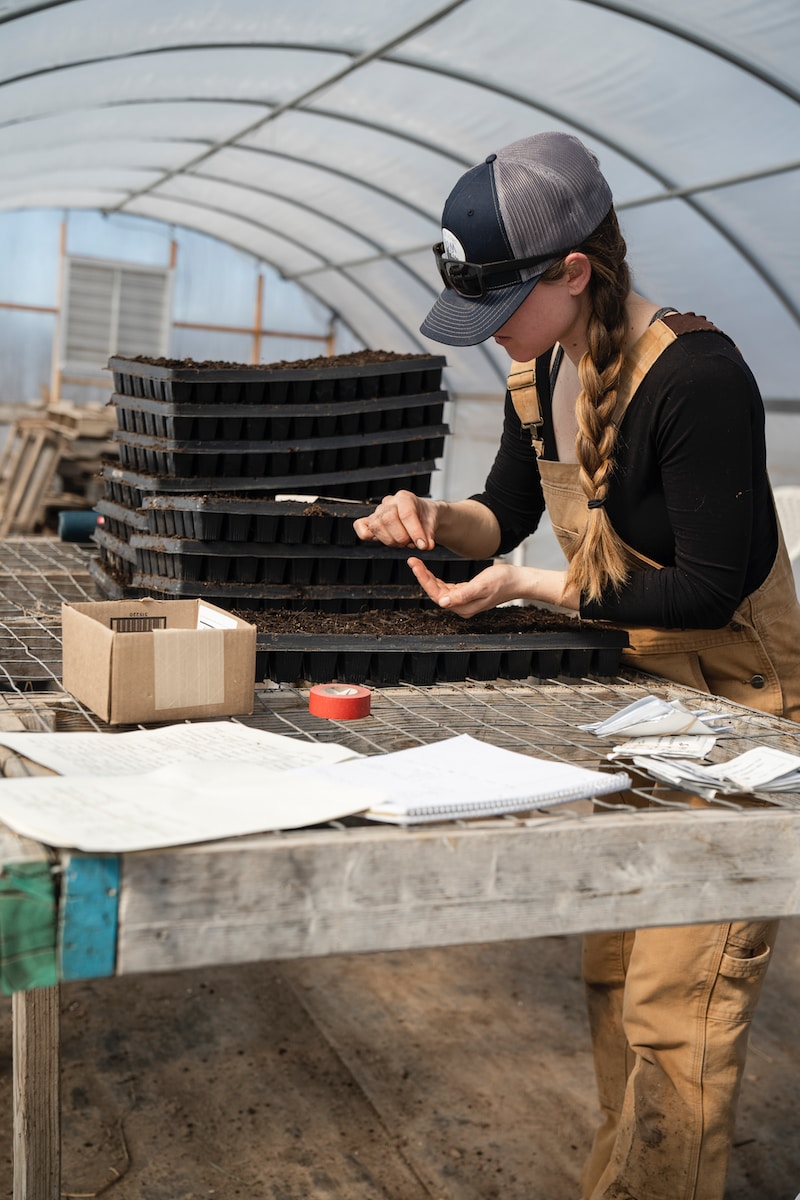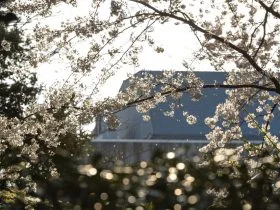The relationship between plants and light has been one of nature’s most poetic harmonies since the beginning of time. With the sun serving as the primary source of energy, plants embark on a magnificent journey of photosynthesis. However, as our urban spaces grow and the demand for indoor cultivation increases, sunlight alone cannot meet the demands of every plant enthusiast. This has led to the emergence of modern horticultural lighting – an era where technology synergizes with nature to optimize plant growth.
Reader's Roadmap
Plant Lighting: A Science and an Art
The essence of plant lights lies in replicating the sun’s spectrum. Modern grow lights have been designed to mimic the essential wavelengths that plants predominantly rely on for photosynthesis and growth, according to Boyagrowlight. The red and blue spectrums play a pivotal role in influencing plant morphology and inducing photosynthesis, respectively, ensuring plants receive a well-rounded dose of light.
The science of modern horticultural lighting involves harnessing the power of LED lights to provide plants with the light they need to thrive. By using LED lights, growers can customize the light spectrum for each stage of plant growth, ensuring that plants receive the exact wavelengths and intensity of light they need to grow strong and healthy.
However, modern horticultural lighting is also an art. It requires a deep understanding of the needs of each plant, as well as the ability to adjust the light spectrum to meet those needs. Mastering the art of horticultural lighting requires patience, dedication, and a willingness to experiment until the perfect light recipe is found.
In addition to providing plants with the light they need to grow, modern horticultural lighting has other benefits as well. For example, grow lights can be used to extend the growing season, allowing growers to produce fresh produce year-round. Grow lights can also be used to increase the yield of crops, as well as to produce crops that are not typically grown in a particular region or season.
Urban Agriculture: The Sky’s Not the Limit
While some enthusiasts use plant lights to nurture a few indoor herbs or ornamental plants, others see them as the path to revolutionizing urban farming. With land becoming an increasingly scarce resource, vertical farming has gained popularity. Bata Grow Light highlights the essential role grow lights play in such settings. By transforming multi-story buildings into verdant food production sites, urban farming stands as a testament to human ingenuity and our ability to adapt.
In urban settings, where space is at a premium, modern horticultural lighting allows growers to maximize the use of available space. By growing crops vertically, on shelves or walls, growers can produce large quantities of fresh produce in a small area. This not only allows urban dwellers to enjoy fresh, locally grown produce but also reduces the environmental impact of transporting food over long distances.
Moreover, the use of modern horticultural lighting in urban agriculture promotes a more sustainable and resilient food system. By growing food locally, growers can reduce their dependence on large-scale monoculture farming and the associated environmental impacts, such as soil degradation and water pollution. The use of modern horticultural lighting in urban agriculture can be seen as a crucial step towards a greener, more sustainable future.
Traditional Meets Modern
It’s essential to understand that while grow lights offer tremendous advantages, they work best in conjunction with traditional gardening techniques. A balanced blend of age-old wisdom and modern technology ensures plant health and yield. Farmers Classic offers a plethora of information for those who want to delve deep into traditional gardening techniques while complementing them with modern tools.
For example, while modern horticultural lighting can provide plants with the light they need to grow, it cannot replace the benefits of soil. Soil provides plants with essential nutrients, such as nitrogen, phosphorus, and potassium, which are necessary for healthy growth. By combining the benefits of modern horticultural lighting with traditional soil-based gardening techniques, growers can create a robust and healthy growing environment for their plants.
Furthermore, the integration of modern horticultural lighting with traditional farming practices promotes the preservation of traditional farming methods and knowledge. Through the use of modern technology, these traditional farming practices can be adapted to modern agricultural practices, providing a more sustainable and resilient food system.
The Green Revolution: Hemp’s Resurgence
Hemp, a historically significant plant, has recently undergone a renaissance, especially in regions where its cultivation is now legal. While it’s an adaptable plant, controlled environments can significantly enhance its yield and quality. As mentioned by Hempful Farms, grow lights play a pivotal role in hemp’s indoor cultivation, ensuring a steady production cycle and high-quality output.
The resurgence of hemp cultivation has sparked interest in modern horticultural lighting among growers. By using LED lights, growers can ensure that their hemp plants receive the exact wavelengths and intensity of light they need to produce high-quality flowers. This has led to the development of specialized grow lights designed specifically for hemp cultivation.
Moreover, the use of modern horticultural lighting in hemp cultivation has the potential to reduce the environmental impact of hemp production. By growing hemp indoors, growers can reduce their dependence on large-scale outdoor cultivation, which can have a significant environmental impact, such as soil depletion and water pollution.
Horticultural Lighting: A Tool for Research and Innovation
Modern horticultural lighting is not just a tool for growers. It is also a tool for researchers and innovators. By studying the effects of different light spectra on plant growth and development, researchers can unlock new insights into how plants interact with light. This, in turn, can lead to the development of new plant varieties that are better adapted to indoor cultivation.
Moreover, the use of modern horticultural lighting in research can lead to the development of new technologies and practices that can be applied to other fields, such as medicine and biotechnology. For example, researchers are studying the effects of light on the growth of algae, which could lead to the development of new biofuels or other sustainable products.
The Future of Modern Horticultural Lighting
In the grand tapestry of horticulture, plant lights shine brightly as beacons of innovation, nurturing everything from the humblest herb to vast urban farms. As traditional and modern methods blend, the fusion of light and life promises a greener, more bountiful future. This future will see us harnessing the full potential of modern horticultural lighting to create indoor gardens that are as lush and productive as any outdoor plot. By combining age-old wisdom with cutting-edge technology, we will create a world where plant enthusiasts can grow any crop, anytime, anywhere. The future of modern horticultural lighting is bright, and it promises to revolutionize the way we cultivate plants, feed our communities, and care for our planet. The possibilities are endless, and the potential for innovation is limitless.







Leave a Reply
View Comments